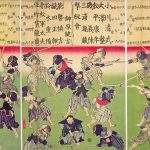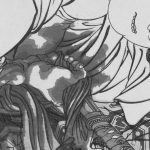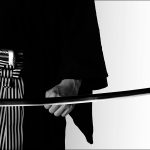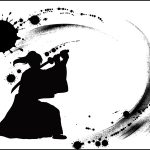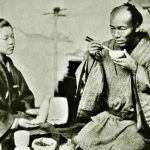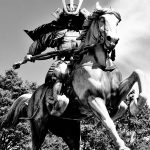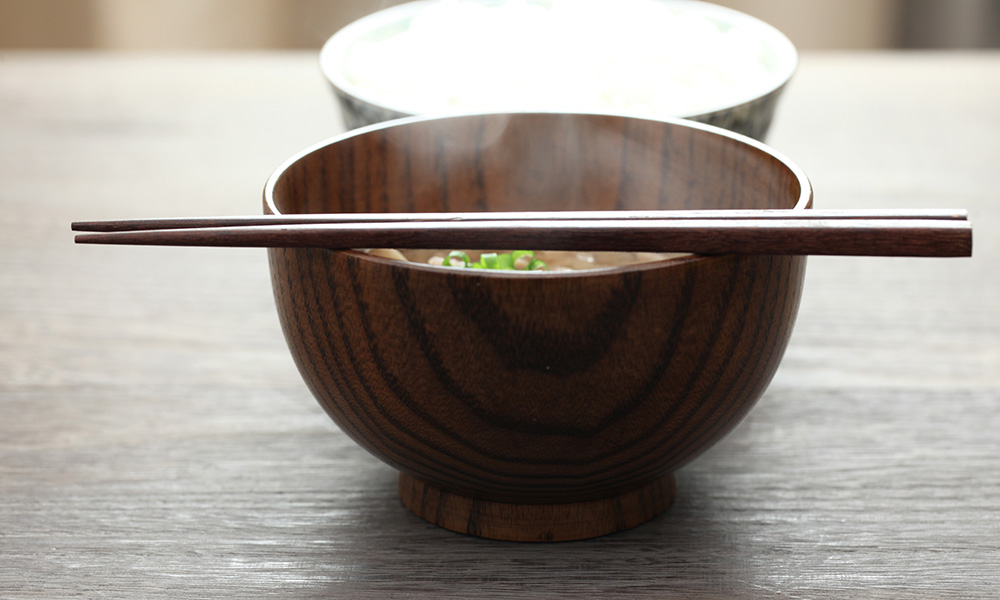
In the modern era, people will tend to eat three main meals a day; being strongly advised not to skip breakfast. In Japan, three meals a day had become the norm by the Meiji Era (1868-1912), however in Sengoku Japan, two meals a day was the norm. It could even be quite random Sometimes there would only be one meal, others two and then occasionally three. It was around the middle of the Edo period that the movement towards three meals a day became a staple.
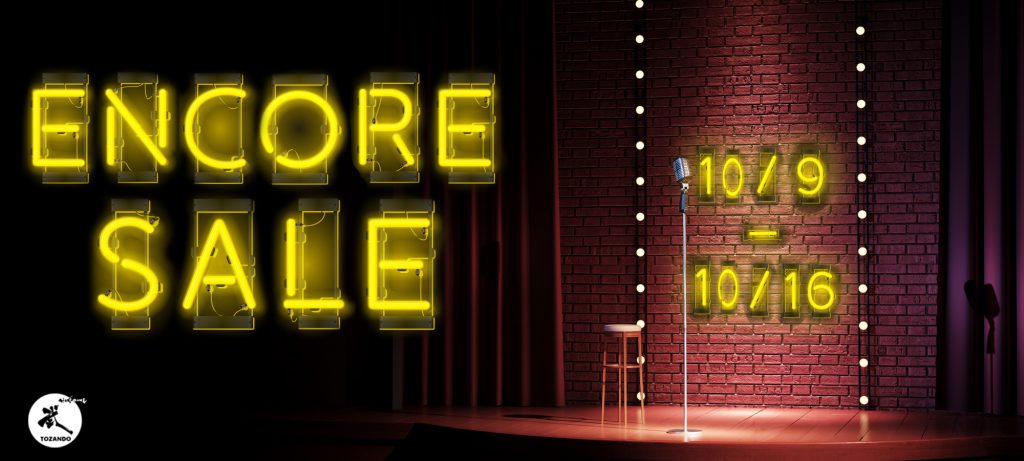
The austere lower ranked samurai
When it came to the contents of their meals, there was no big difference between the samurai and the common folk. Especially samurai of lower rank, with very little economic mobility, ate rather austerely. Breakfast consisted of rice, miso soup, and pickled items. For lunch and dinner, they ate what was left over from breakfast and added maybe one or two dishes. It was by no means luxurious.
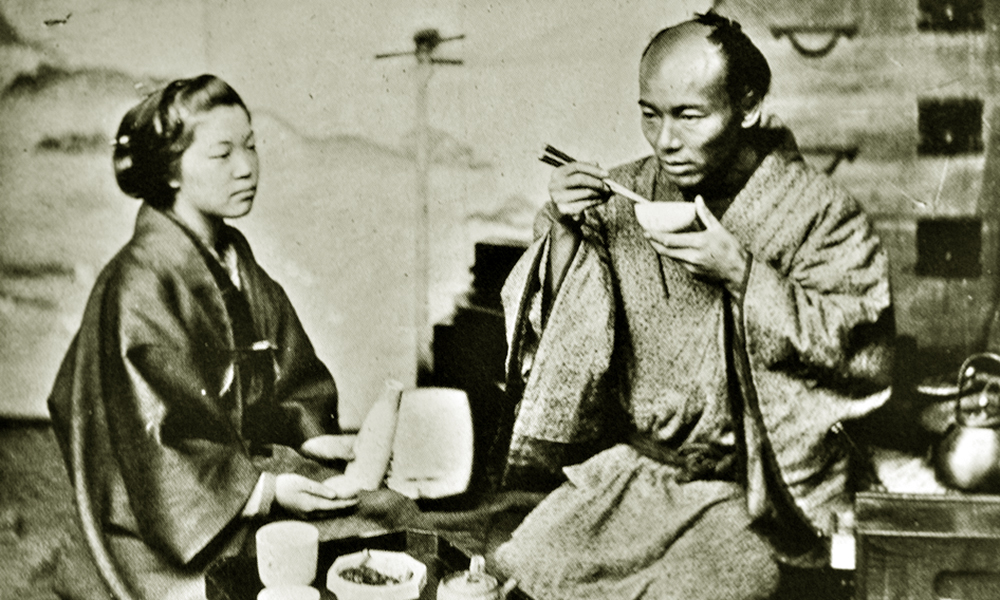
Single men had to sustain themselves
How about the umarried men among these lower ranking samurai? It was not yet socially acceptable for single men to cook for themselves every day, so how did they eat? They were basically under the care of the “Makanai-ya”, which is what today may be known as take-out delivery. The famished samurai would order their meal and the Makanai-ya would bring it. Food in small lunch boxes called “okamochi” were also available and many shops called “saiya,” which would also deliver, could be used by the samurai for their meals. It would seem very much like Japanese college students subsisting on a steady diet of cup-ramen and convenience store o-bento.
Some lower rank samurai did have gardens in which they could grow vegetables, living almost self-sustainably. The houses of even lower samurai, unlike the commoners, had a space of about 100 tsubo (roughly 330 square meters) which they could use to grow vegetables and fruit they could then either eat or sell for a small bit or coin.
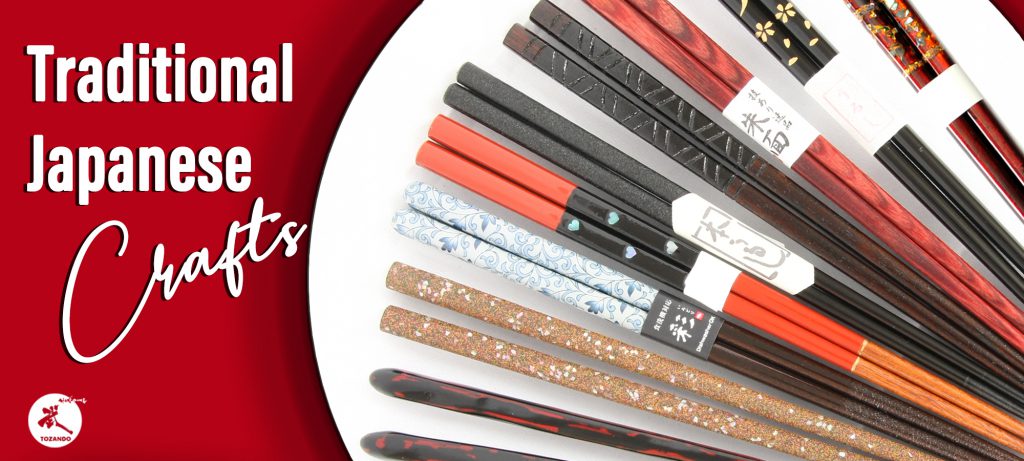
Taboo Food for the Samurai Class
Even though the samurai did hold a higher social class than other people due to the strict class structure in Japan, tehy ate more or less in line with the rest of the population. There is one major difference – there were certain “taboos” concerning some foods. These were foods that samurai were forbidden from eating.
Fugu – Puffer Fish
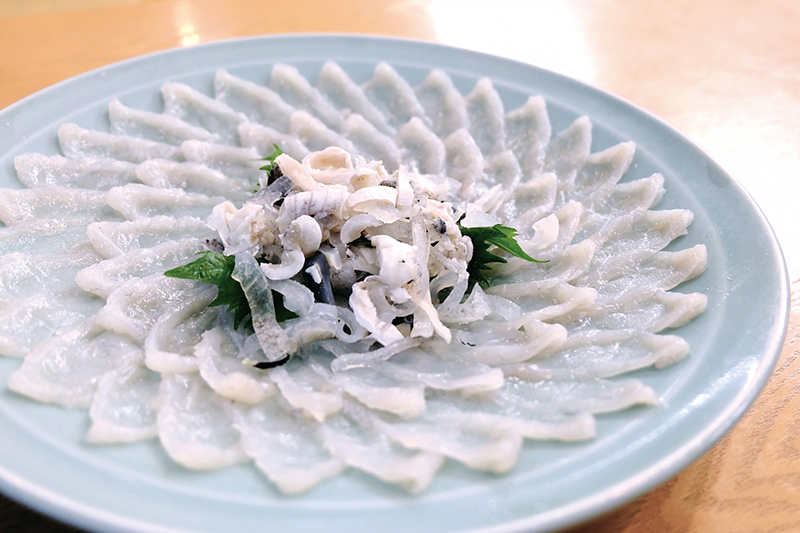
Fugu is a long standing delicacy in Japan, but due to the extremely deadly toxins in carries, it must be prepared with the upmost care by a professional chef. The samurai simple avoided fugu altogether. The thought of dying from something like fugu poisoning would be terribly shameful for the samurai. The samurai’s mandate was to fight for their master and give their life valiantly on the battlefield, so dying from fugu poisoning was seen as a very cheap and shameful way to meet one’s end.
Maguro – Tuna
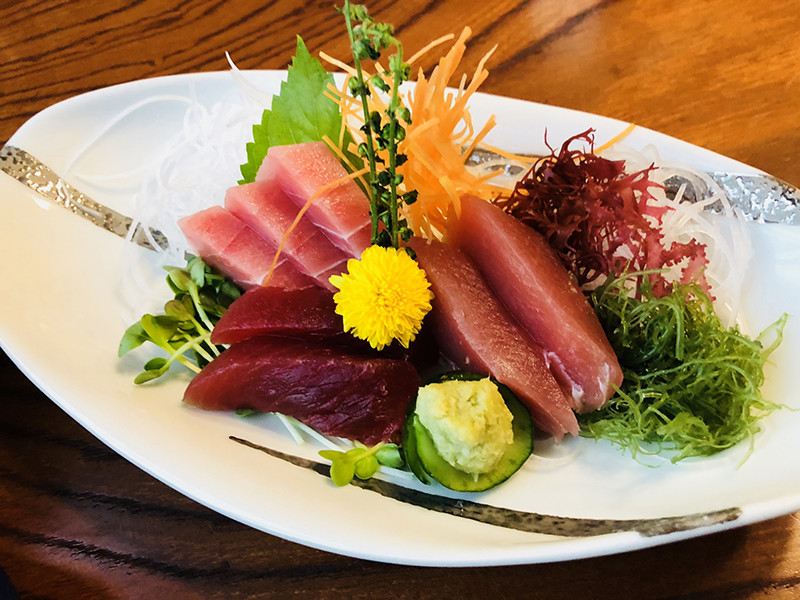
Certain kinds of tuna meat is often called “toro” today and is one of the most popular items on the sushi menu, but the samurai did not partake in this popular dish. This was due to a superstition arising from a pun. As tuna was also called “shibi”, which has a homophone in Japanese which means, “the day of death”. This macabre connotation created another taboo around this food for those of the samurai class.
Konoshiro – Spotted Sardines
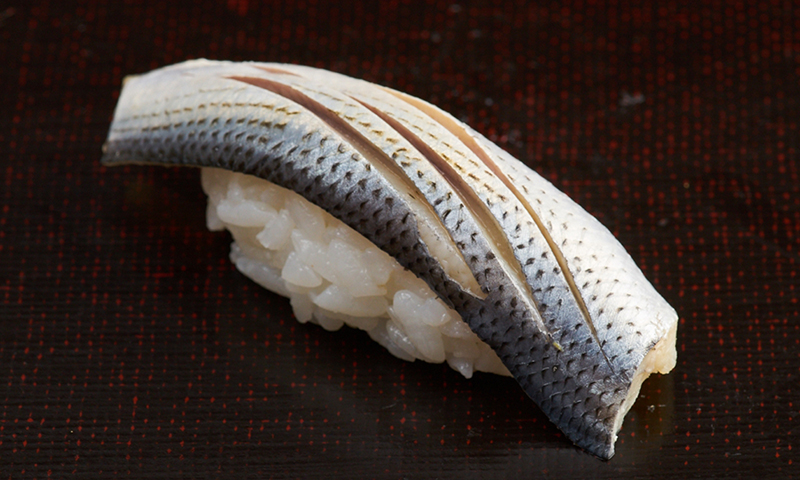
Konoshiro is today usually called “kohada” (spotted sardine), a popular item in Edomae (Tokyo style) sushi. This taboo also derives from superstition surrounding a pun. When you say “to eat konoshiro” it also sounds like “to eat this castle” which was thought of as a bad omen for samurai serving the lords of the castle. Also, konoshiro was seen as taboo due as it was also known as hara-kiri-zakana (hara-kiri being the ritual suicide performed by the samurai whereby they would cut their stomachs open and disembowel themselves), and would often fittingly be served as a last meal to samurai ordered to commit the act.
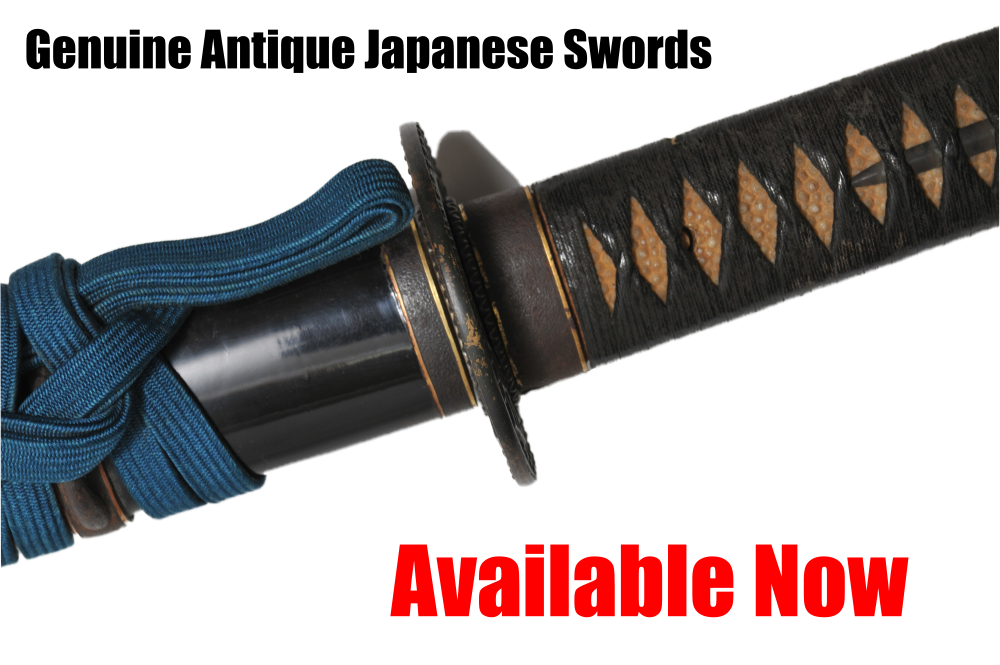
You are what you eat?
“All this because of a pun?!” you may say. But even today many people will eat katsu-don before exams (katsu also means “to win”), and for celebratory events they may eat tai (sea bream) for omede-tai which means “worthy of congratulations”), and the New Years food “osechi” is full of foods related to puns that correlate with words of good fortune. Even in Japan today, the associate of food and fortune is inseparable.
 | Did you like what you've just read? Check this out. |



